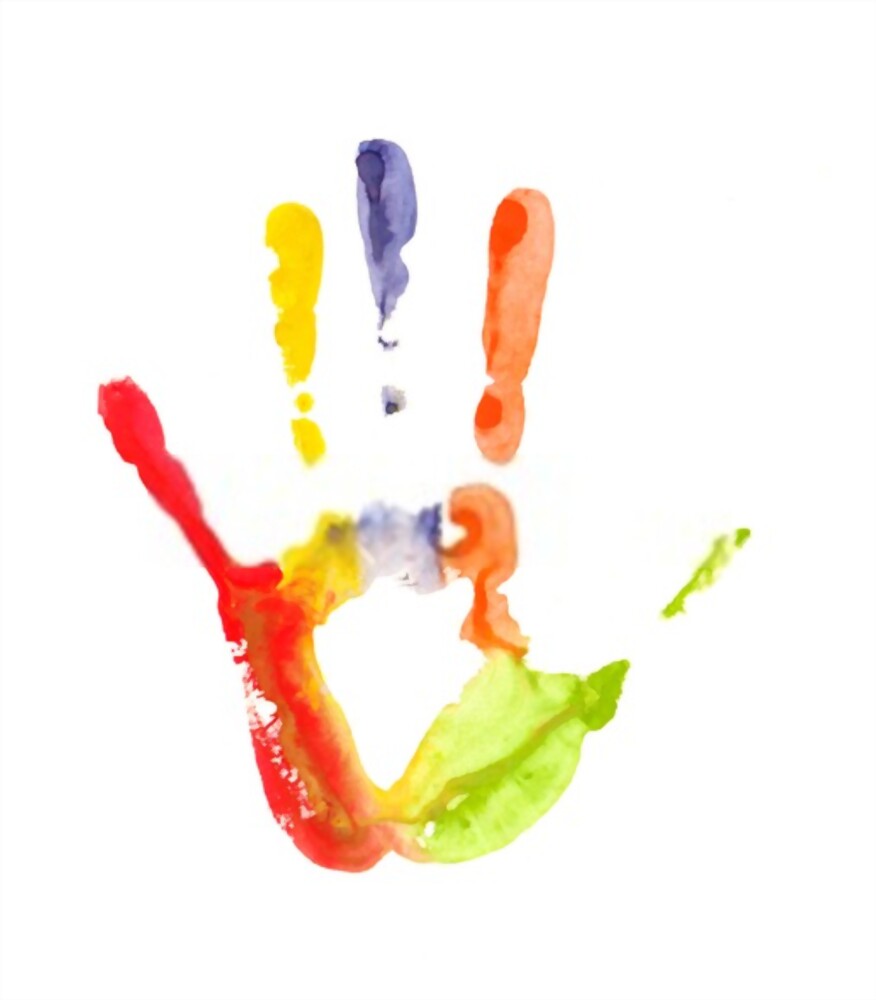June is Pride month celebrating LGBTQ+ people and communities as well as raising awareness of issues.
Pride is held in June to mark the anniversary of the Stonewall riots, a series of protests that occurred in New York city after police attempted to raid the Stonewall Inn, a popular gay bar, in the early hours of June 28, 1969. The confrontation sparked a gay rights uprising, which has grown year on year.
In more recent years additional events have been held specifically for Transgender people in various cities in the UK and around the world. Due to the ongoing pandemic, many events will be online this year.
In fostering we are seeing more children who identify as transgender or are still exploring their gender identity, but what is gender identity? Young Minds, a leading children and young people’s mental health charity explains: “
Sex describes biological differences between the female and male genitalia. A child’s sex is usually assigned at birth.
Gender describes a person’s internal sense of their identity. For example, someone might identify as a woman or girl, non-binary, transgender, a man or boy, gender fluid, or something different.
These are some words people use when talking about gender identity:
- Cisgender/cis: Someone who is the same gender they were assigned at birth
- Transgender: Someone whose gender is different from their sex at birth
- Non-binary/genderqueer/gender fluid: These are gender identities that sit within, outside of, across or between ‘male’ and ‘female.
- Intersex: A person who is born with biology that is not solely male or female. For example, chromosomes, hormone levels or reproductive organs that have female and male characteristics. These variations may not always be seen on the outside and so sometimes they are not diagnosed.
- Pronouns: the terms we use to refer to someone, e.g., ‘he’, ‘she’, ‘they’.
Your child may use different words to describe their gender.
Questions around gender identity can emerge at any time, and there is a wide range of reported experiences. Some individuals know from childhood that they feel mis-gendered, while others might not recognise this until adulthood. Parents may be aware that their child is questioning their gender identity from an early age, or they may not. Some people may also feel that their gender identity, and the words they use to describe it, change, or develop at different times.
If your child is questioning their gender and they are being supported by professionals, you may hear doctors using terms such as gender dysphoria, gender identity disorder (GID), gender incongruence or transgenderism.
Gender identity is a deep-rooted sense of self. Having a sense of identity in this way is really important for our mental health, wellbeing, and sense of resilience.”
How can I help my child?
If your child doesn’t feel certain about their gender, life can be very stressful, and there may be times when they feel that they don’t fit in anywhere. Young people going through gender identity issues can experience stigma, bullying, isolation and even violence from others. They might also struggle with difficult feelings and use coping mechanisms like self-harm.
Remember that there are things you can do to help your child and to make sure they have the right support around them.
- Show your child explicitly that you accept them and want to support them if they are feeling confused about, or coming to terms with, their gender-identity. Fear of negative judgement and rejection can be huge obstacles to seeking support and talking to you.
- Be patient if they don’t want to talk about it and focus on listening and finding out what it’s like for them when they are ready.
- Go at your child’s pace. If your child is questioning their gender, it doesn’t necessarily mean that they are trans, but they may be. Remember that it’s a journey of discovery and expression.
- Find out as much as you can about what your child is going through, including looking at what support is available at your child’s school or from local services. You may need to be their advocate in talking to school, college or health professionals, if and when the time is right.
- Communication is everything and being open-minded is the best approach. Whatever happens, they are still your child.
- Ask your child how they want to be addressed – whether it’s ‘he’/’him’ or ‘she’/’her’ or something else. If you make a mistake, correct yourself or allow yourself to be corrected, and continue to try. This will show your child that you are making an effort, showing them respect, and doing your best to adapt to their preferences.
- If your child choses to be known by another name, then support this by using it. If it takes time to adjust that’s okay but at least they will know you are trying
- You don’t need to learn all the terms and language – your child will steer you, and it’s a good opportunity to show your support in being receptive to what they say.
- Respect your child’s boundaries. It may feel uncomfortable for them to be asked very personal, intimate, or intrusive questions – so ask if it’s okay to ask and respect the answer. Think about how you might feel if your own parent asked you something deeply personal about yourself.
- Finding a supportive group for your child can really help. Being part of a group may help to reduce your child’s sense of isolation – allowing them to meet people with similar experiences and a shared understanding of what they’re going through. Groups can offer a safe space and a sense of community, whether in person or online. A good place to start is seeing if there are any LGBTQIA+ youth groups in your local area or at your child’s school.
- It’s understandable if you are feeling upset, anxious, or scared about what your child is going through. Being honest about this with other adults you trust is really important, and it might help to share your experiences with other families in the same situation. There are organisations listed below who can help you with this.
- Be alert for signs that your child is struggling with their mental health – including withdrawing, seeming low or depressed, self-harming or expressing suicidal thoughts. If you are concerned, seek professional support and advice from your GP.
(youngminds.org.uk, 2021)
In addition, when caring and supporting children and young people in foster care there are additional points to consider in terms of identity as, a recent popular training session that we held, highlighted:
- Adolescents generally begin to develop their identity between the ages of 11 to 19
- In caring for children who have experienced trauma, we understand that development milestones can vary for our children and therefore we keep this in mind.
- This is a transitional phase, featuring changes in how young people perceive and present themselves. They are also influenced by those around and society. This can be a confusing time, finding out who they are and where they belong.
- This stage is not necessarily fixed, and it is similar to the stage of life that some may know as mid-life crisis!
- The important point here is that a young person may not feel a secure sense of who they are or where they belong, and that is okay!
- In the case of a young person living in care, this stage may be more challenging. They may have added confusion around their identity, unknowns about their past and experience of multiple families and emotional insecurity.
 Sources
Sources
www.youngminds.org.uk – Young Minds website
Resources
https://youngminds.org.uk/find-help/for-parents/parents-guide-to-support-a-z/parents-guide-to-support-gender-identity-issues/ – mental health support charity support advice for parents and their transgender young people
https://genderedintelligence.co.uk/trans-youth/resources.html – Resources for Trans young people
https://www.sparkle.org.uk/ – a national transgender charity
https://mindlinetrans.org.uk/ – Mindline Trans+ support charity
https://www.stonewall.org.uk/ – Stonewall website
by Lynsey Dobbs – Senior Recruitment Officer, UK Fostering
